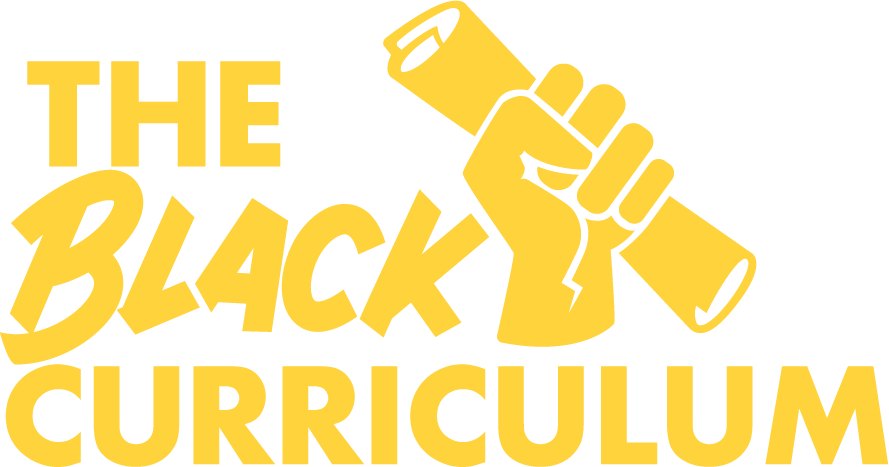What Does Disability & Access In The Arts Look Like?
This blog is about the arts from the perspective of disability arts and what access in the arts looks like. Disability Arts creates work that counteracts misunderstandings, misconceptions, stereotypes and negative narratives surrounding disabled artists and creatives.
The Black Curriculum champions access to learning for all, and we recognise the importance of ensuring an accessible learning environment so that everyone can share the same learning experience.
At The Black Curriculum, we use arts-based programmes such as our Springboard Programme as a tool to enrich young people’s learning experience. We believe that teaching & learning through the arts can add value and play a vital role in young people’s education journey. It is essential to acknowledge and understand the challenges and the inequalities that play out in ways that connect and intersect across disabilities and other characteristics.
Yinka Shonibare MBE (RA) is a renowned artist breaking down barriers to ensure that disabled people can participate more fully in the arts. A distinguished British artist of Nigerian heritage, Yinka is partly paralysed and does regular physiotherapy to maintain good physical health. Yinka has been playfully interrogating notions of identity, culture, and empire with his work for more than three decades. He was born in London in 1962 and gained international recognition with his subversive installation ‘Gallantry and Criminal Conversation’, which was nominated for the 2004 Turner Prize. For Shonibare, art is therapy. Through the creation of sculptures, photography, film, painting and colourful pictorial quilts, he expresses the intersections of race, class and colonialism.
What is Disability & access in the arts?
Disability in the arts means the full inclusion and representation of people with physical and/or hidden disabilities, learning difficulties, impairments and health conditions. Access in the arts means the consideration of people with disabilities in the production, curation and presentation of art through reasonable adjustments.’
What are reasonable adjustments, and when should they be made?
Reasonable adjustments’ are mandated under the Equality Act 2010 and call for people and organisations such as employers, shops, local authorities and schools to take positive steps to remove the barriers a person may face because of a disability. This is to ensure they receive the same services, as far as this is possible, as someone who's not disabled.
What does access look like?
Access can look like reasonable adjustments made to the physical/built environment like ramps, railings, automatic or wide doorways, and lifts. Access can also look like reasonable adjustments made to the presentation of information, such as the use of braille, subtitles and sign language.
Are the arts inclusive and accessible for disabled people?
Not fully. People with disabilities are all too often excluded from the arts, especially the visual arts, in terms of both access and representation. There are two main problems with representation:
1) disabled people are under-represented within the arts and cultural sector workforce in all role types and levels of seniority and
2) disabled people are also underrepresented within the creative industries workforce.
Are there any disabled-led arts organisations leading the way?
Yes. There are several high-performing disabled-led organisations such as Shape Arts, Unlimited, DASH Arts and Disability Arts Online (DAO) who are paving the way for inclusivity and representation of disabled people across the arts. They have developed inclusive practices, invaluable networks and consistent platforms for disabled artists, as well as developing opportunities for talent and leaders.
Which arts venues are at the forefront of disability and access in the arts?
Midlands Arts Centre (MAC), Birmingham, Middlesbrough Institute of Modern Art (MIMA) andWysing Arts Centre, Cambridgeshire are working together on a 3-year programme of curatorial commissions providing individual residencies for artists/curators who identify as Disabled people.
If you want to learn more about Black British history, then check out our learning resources here.
Read our blog about why young people love arts-based learning here & find out more about our free arts-based Springboard Programme here.
